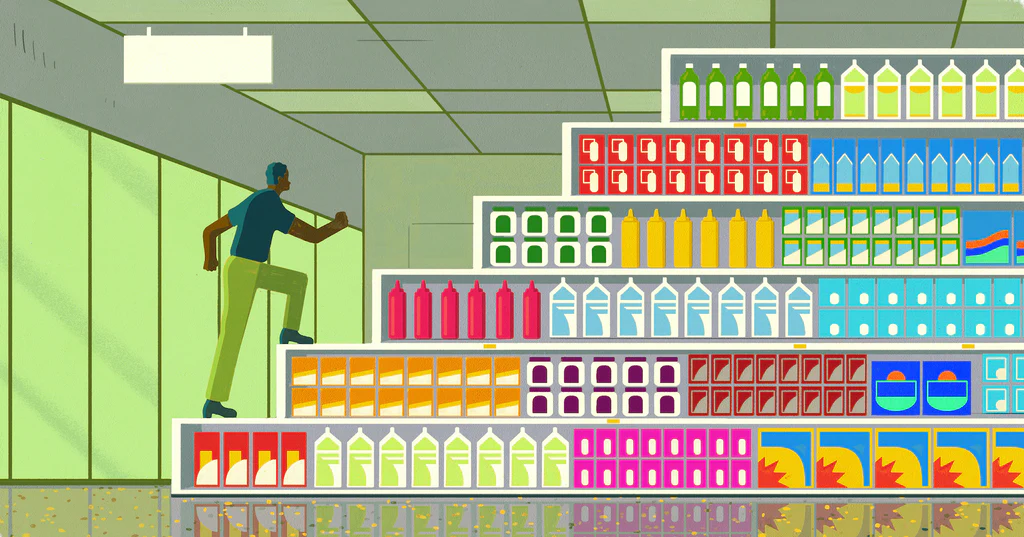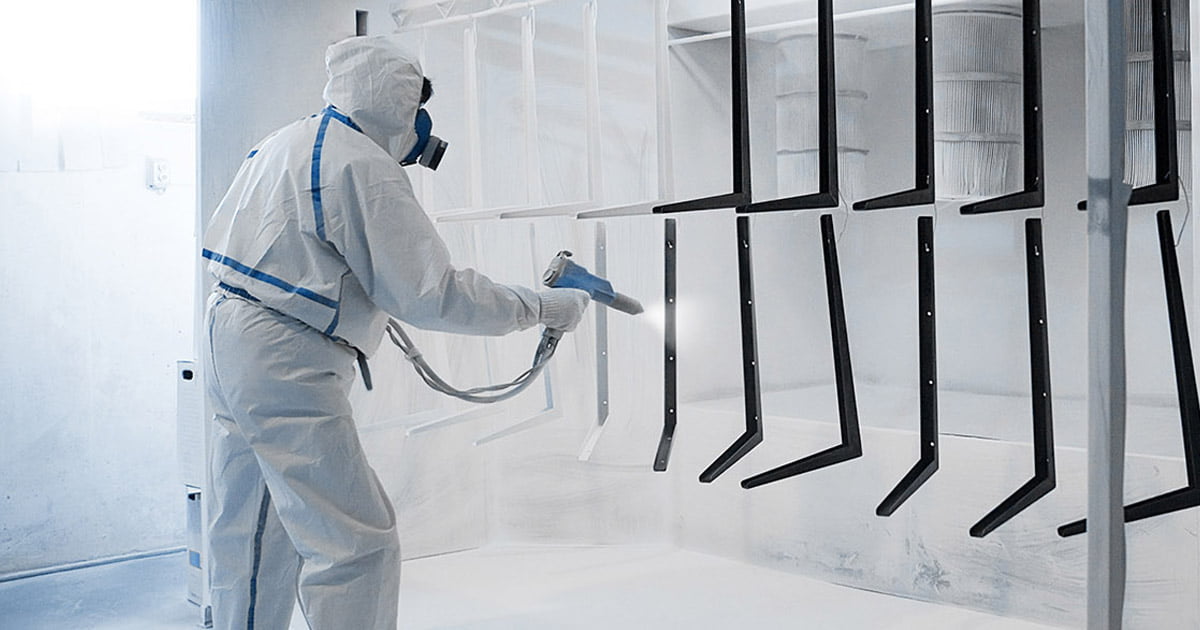For most seasoned business owners and aspiring entrepreneurs, the product development process often carries a mystical aura.
And when you hear the origin stories of other great ecommerce businesses, it’s often clear the journey to a finished product rarely resembles a straight line. For example, when Tina Roth-Eisenberg’s daughter brought home some semi-permanent tattoos she felt were lacking, she mobilized her community of fellow designers to create Tattly.
David Barnett, on the other hand, had to teach himself how to use 3D design software so he could prototype PopSockets, the now-popular phone accessory.
On their own, these inspiring stories don’t provide an end-to-end blueprint for product development, but the similarities they share reveal some of the steps founders consistently take on the road to starting a business and shipping a finished product.
Effective product development requires many things: market research, product management, and testing your idea to name a few.
In this guide we’ll cover everything you need to know about the product development process as well as some tactics to improve the development process to help you bring your vision to life!
Table of Contents
- What is product development?
- The new product development process in 7 steps
- Product development examples
- What will you bring to the market?
- Product development FAQ
What is product development?
Product development refers to the complete process of taking a product to market. It also covers renewing an existing product and introducing an old product to a new market. This includes identifying market needs, conceptualizing the product, building the product roadmap, launching the product, and collecting feedback.
New product development (NPD) is a core part of product design. The process doesn’t end until the product life cycle is over. You can continue to collect user feedback and iterate on new versions by enhancing or adding new features.
There’s no one role that does product development. In any company, whether an early-stage business or an established corporation, product development unites every department, including design, engineering, manufacturing, product marketing, UI/UX, and more. Each group plays an essential part in the process to define, design, build, test, and deliver the product. As you’ll see in this guide, the complexities of the product development process makes product management all that more important.




